Can Watchmakers Benefit When Their Watches Resell?
We had a party in Chicago; a secondary market update; how to ship a watch.
In today’s newsletter: Chatting with one of the co-founders of Marteau, the new auction platform, what you all want more of, a secondary market update, shipping tips, how to spot a fake TAG Heuer 1000, and another really pretty Chopard.
I’m writing this newsletter on a flight to Europe, but this weekend was Windup Chicago. Along with Formex, Studio Underd0g, and Atelier Wen, I helped organize an event on Friday night. Thanks to everyone who came:
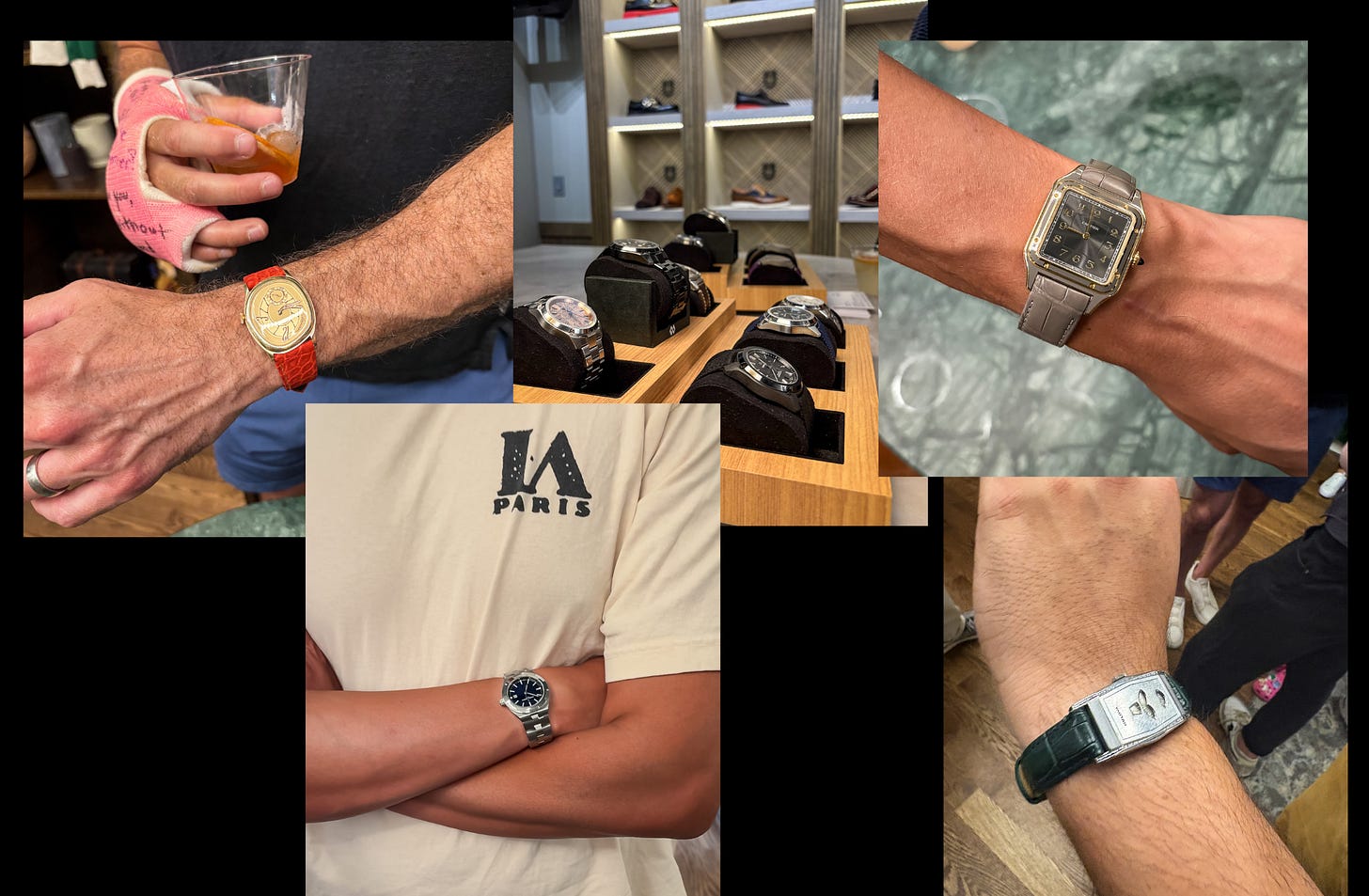
This is probably the 7th or 8th Windup I’ve attended in New York or Chicago. It continues to become more—what’s the word—professional. Citizen Group and Casio had large displays this year. Mega local retailer CD Peacock was there repping Tudor, TAG Heuer, and Longines. Christopher Ward is always one of the busiest booths, and if last year’s sales are any indication (£40m in 2024), its revenue is, by now, on par with the 50 largest Swiss brands.
At the same time that “microbrands” are becoming bigger, the large brands are realizing they need the enthusiast crowd. Meanwhile, other shows continue to pop up: Intersect and Minutes + Hours are in L.A. the next two weekends.
It was great to see so many of you at the show or event this weekend. Let’s do it again soon.–Tony
Can Auctions Work for Independent Watchmakers?
Last week, a new auction platform debuted: Marteau & Co. “We believe watchmakers deserve a share when their watches are sold at auction,” Marteau promises on its sleek website.
The pitch is simple: Marteau will hold online auctions with a buyer’s premium of 20%. Of that, 3% goes right back to the independent watchmaker who made the watch. Marteau & Co. was launched by Arthur Touchot (Hodinkee, Phillips) and Leonard Pictet (Richemont).
I’ve known Arthur for a few years, so we hopped on the phone soon after the announcement. Arthur called from Marteau’s new office in Geneva—“basically a big table, 2 chairs, and a lot of watch posters we haven’t hung up yet,” he said—in an old jeweler’s building that’s been converted to office space for startups like Marteau.
Unpolished: What is an independent watchmaker?
Arthur Touchot: Our definition is pretty broad. We’re not here to put up barriers. From indies that make everything by hand to microbrands who make watches and have a brand that is creatively their own, and everything in between. We started making a list and came up with like 100 watchmakers and brands.
Obviously, the question is what to do with Rolex, Patek, AP, since they’re independent. But right now our focus is on limited production and smaller brands. If we’re going to commit to these independent watchmakers, it’d be weird to have that next to a stainless steel Daytona [in an auction].
Unpolished: What about the previous generation of independents, say early Daniel Roth or Gerald Genta?
AT: We’re thinking about how to do that. Whenever we take a watch in our sale, the first thing we’ll do is reach out to the brand and find a solution. By the time we present a watch in a catalog and a bidder places a bid on a watch, they’ll know exactly where it’s going and that’ll be in the watch’s ‘passport.’
Unpolished: Promising 3% of the buyer’s premium to the watchmaker—that’s 15% of revenue right off the bat. How are you going to manage that?
It’s a lean and mean auction platform. I’m hesitant to call ourselves a ‘house,’ we’re more like a small studio. We’re going to make sure we have lower costs—hosting auctions online, having a smaller team, lower volume of watches. Streamlining the business to offer the best service possible.
I’ve seen how, even in a live sale, the majority of bids are online. That said, all of the watches will be available to see in Geneva.
Unpolished: What’s next?
AT: We’re in the process of getting in touch with consignors and watchmakers for our first sale this fall. We might do a second auction at the end of the year. We’re targeting 20 pieces for these first sales, with a diversity in names—a range of names, styles, and prices.
Unpolished: How will Marteau grow?
AT: We’re excited to introduce this model and see how we can evolve and refine it. We’re inspired by how the artist's resale right applies in the art world, which has become sophisticated, with a sliding scale of fees paid back to the artist. We’ve launched with a flat 3%. But we’ll be honest: If we get feedback that we think can improve the model, we'll take it.
MY BOTTOM LINE. I don’t think watchmakers need a government-granted resale right like artists (a discussion for another day). But Marteau offers a potentially elegant private solution, and more competition in the old-school world of auctions. But auctions are hard!
While talking to Arthur, I also kept thinking that the more exciting ideas were the lower buyer’s premiums and smaller sales.1 The promise of a small cut going back to the watchmakers is nice, but offering value to the collector and delivering results is ultimately what matters. What do you think of Marteau’s pitch?
SURVEY NOTES
Thanks to everyone who filled out the survey (100+ responses). I thought I’d share a few of the results:
Question: What do you want to see MORE of?
33%: Editorial and opinion
29%: Old watch coverage (vintage, neo-vintage, market talk)
13%: Reporting and analysis
What do you want to see LESS of?
35%: Auctions
35% New watch coverage (releases, reviews, etc.)
5%: Reporting and analysis
The biggest takeaway: Provide more opinions about vintage watches and how to collect them. One thoughtful comment helped crystallize what I’d like Unpolished to achieve, at its best:
“Continuing to help me think about how to be a more invested and intentional collector. That could be old or new watches, auctions but thinking through why we do this and what it's for is super helpful.”
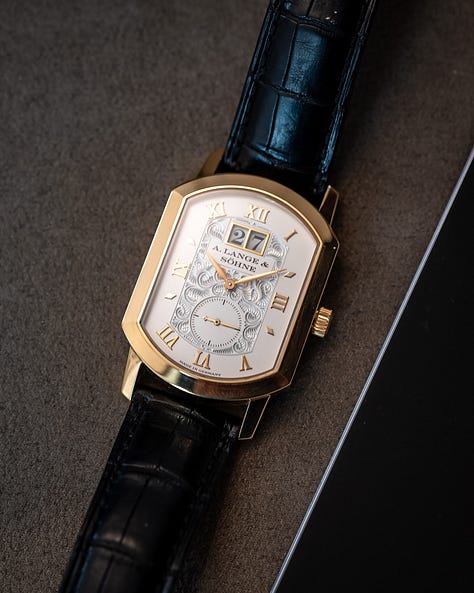
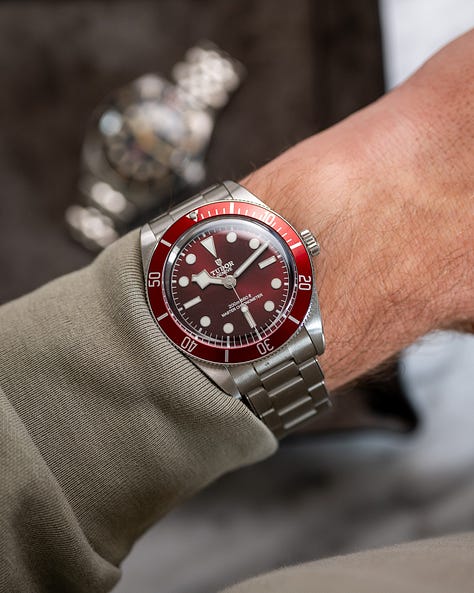
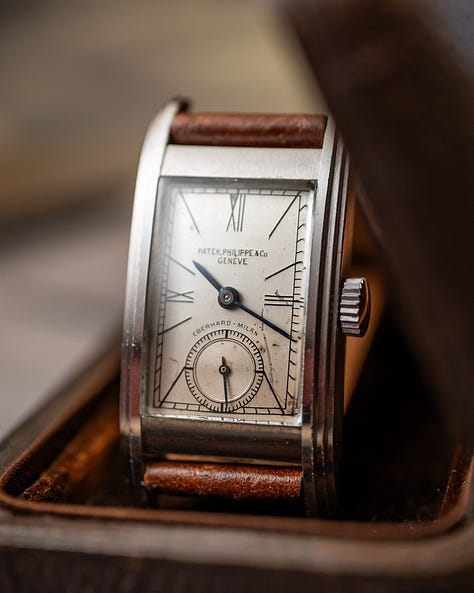
Quick Shipping Tips
If you’re sending or receiving watches with any frequency, a few practical ways to stay on top of everything:
FedEx. I use FedEx as often as possible. Create an account on FedEx’s website and start using FedEx Delivery Manager. You can set it up to get notifications on package status, estimated delivery windows, request package redirects, place holds, and more. FedEx also has a pretty good app.
UPS. Also use UPS My Choice for free to manage deliveries and shipments. Last week, I was going to be out all day, so was able to redirect a watch delivery to my closest UPS Store for pickup instead.
USPS. Finally, sign up for USPS Informed Delivery. You receive an email every morning with incoming mail (including images), and can manage incoming packages.
The Roundup
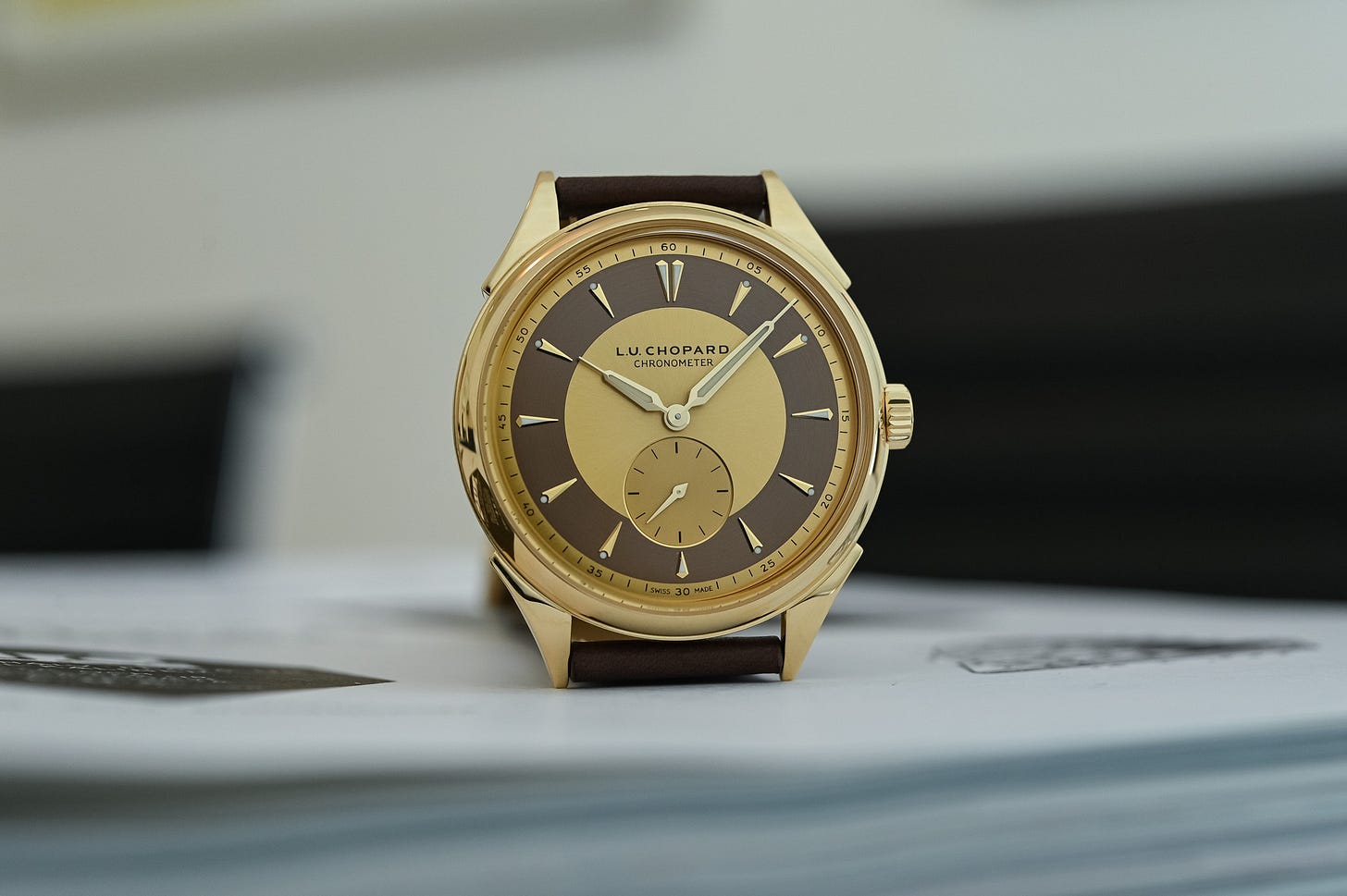
📊 Secondary market prices are still decreasing, but more slowly, according to the latest Morgan Stanley/WatchCharts report. Its tracking of the Rolex CPO program’s growth is particularly interesting:
“We estimate that there are now around 8,500 RCPO listings worldwide, being sold by 116 retailers across 227 doors. We also estimated record RCPO sales of $120 million last quarter. RCPO inventory continues to be priced significantly higher than comparable listings from non-RCPO retailers, with an average global CPO premium of around +30%.”
If the sales number is correct, it’d make Rolex CPO around the same size as Panerai’s and Bulgari’s new watch sales.2 Full report is available via WatchCharts.
🔍 How to spot a fake TAG Heuer 1000 Diver. I’ve scooped up a couple of 90s TAG Heuer Professional divers off eBay in the past year. They’re pretty affordable, fun to hunt, and make for great grab-and-go watches, especially in the summer. For some reason, you’ll also see a decent amount of fakes. This guide covers some of the easiest tells. (B&O Watches)
📰 Substack got more traffic than the Wall Street Journal last month. Publications with their own custom domains (like unpolishedwatches.com) aren’t included in the figure. The platform offers a growing mix of watch writers. Like the Windup discussion above, I wonder if and how the space will professionalize—and how brands will jump in.
🎨 Large auction houses are scrambling amid a $10b art slump. As art slows, they’re also moving more into luxury categories like watches. (Spear’s)
✍️ Notes to the Editor of a Watch Commercial. “The commercial for this watch was eventually released. It was an unmitigated disaster. To date, nobody has purchased this watch.” (The New Yorker)
⭐️ The New Chopard L.U.C Qualité Fleurier 20th Anniversary Edition in gold is really pretty. QF is one of the few independent certifications that looks not just at movement performance, but also finishing and manufacturing. With collectors placing such an emphasis on these attributes, this feels especially relevant. (Monochrome)
Get in touch:
tony[at]unpolishedwatches.com
Share, like this newsletter, or leave a comment:
Loupe This’s 10% cut is still the leader.
According to the annual Morgan Stanley/Luxe Consult report.



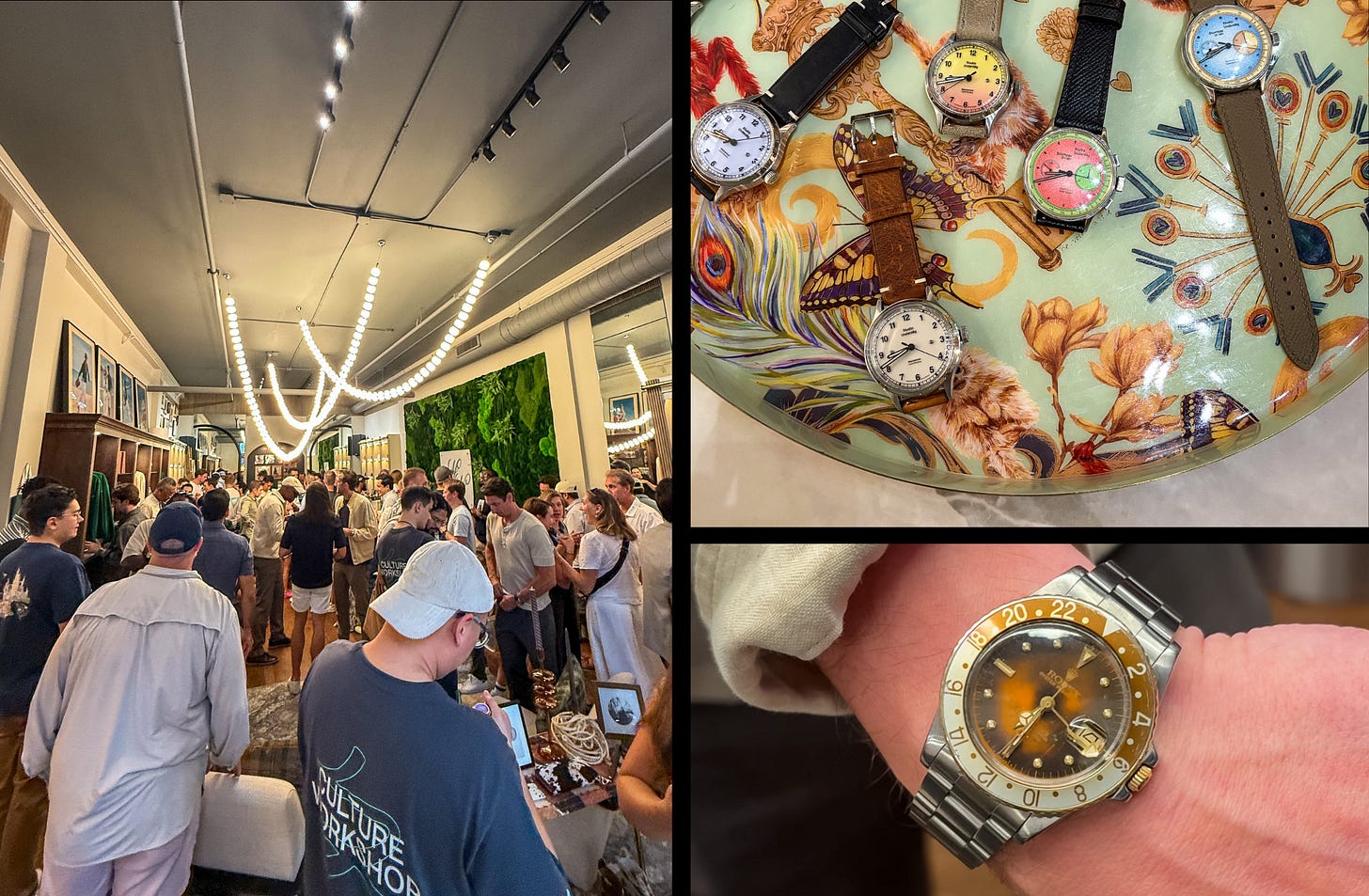
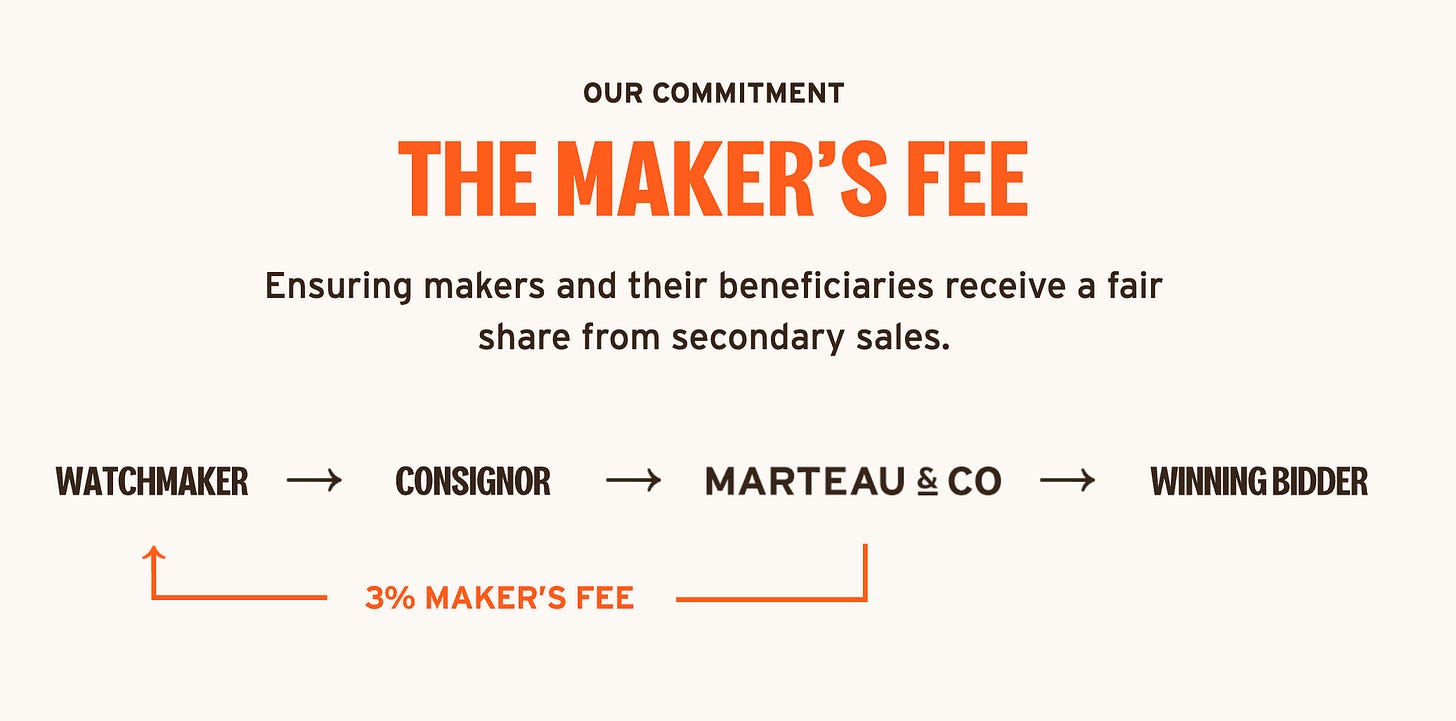
i am sick of secondary market “analysis”. it’s everywhere you look, from blogs to substack to youtube.
it was genuinely interesting two years ago, when we needed confirmation that the hype-era phenomenon of prices increasing every week had well and truly come to an end. but we know that by now, everyone with any sense knows that there is very little chance their watch will be worth more in the near future.
people consume this “analysis” for one reason and one reason alone: they’re waiting to hear that they can walk into an ad and buy a desirable steel rolex. and they still can’t buy one. if the price goes down by 0.867% next quarter, they still won’t be able to buy one. what is the point of all this talk then?
there is a lot of good reporting being done now (mostly by you tony), but secondary pricing is not news.
While 20% buyer’s premium is not as high as the traditional auction houses that charge 25-30%, there is still no clear competitive edge when compared to smaller online auctions such as loupethis which is only 10%. Let’s simplistically consider the psychology of auctions. As a seller, my focus wld be to find the auction house that can help me jack up the prices to the highest possible prices that will make me feel good with a reasonable seller’s fee. As a buyer, my focus will be to look for bargain deals and the thrill of bidding to get the watch that I really want, and the satisfaction that I am the winner to that “fine and rare” timepiece.
Would 3% watchmaker contribution move me to put my watch with the auction house? Maybe yes, maybe no because I’m not an indie enthusiast (yet). But if the buyer’s premium for indie watches is 17% instead of 20% compared to the big brands, then yes, maybe I might consider placing a bid because I am more motivated by price rather than the romance of supporting the brand.